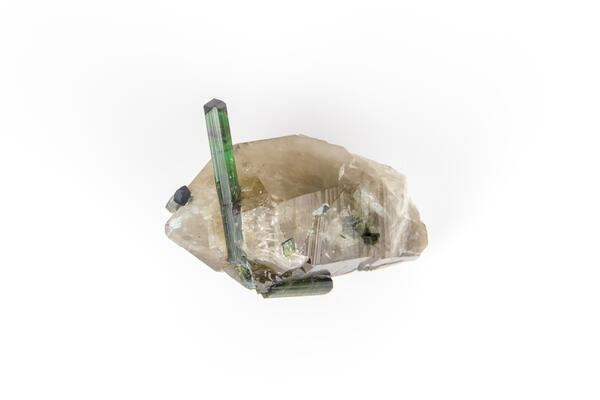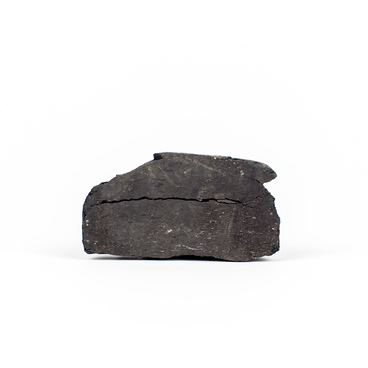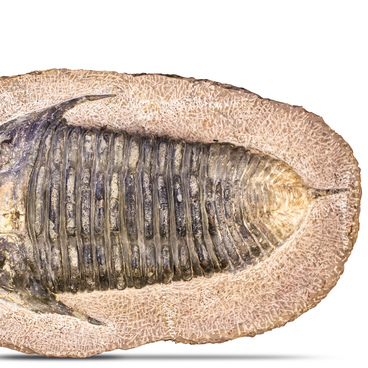Tourmalines are a group of minerals with a complex borosilicate composition. It has about 15 species. Their common name comes from the Sinhalese word tōramalli, which means to attract ashes. It is connected with one of the properties of these stones. If you heat, rub, or squeeze these rocks, they electrify and start to attract small dust particles, pieces of paper, and wool. In the old days, Dutch sailors often used this property: they cleaned their pipes from ash with the help of heated tourmalines.
The color of the crystal depends on its composition, which can change. There are stones of different shades of blue, green, red, yellow, and black. Occasionally, polychrome tourmaline crystals with up to 50 tones are found.
There are tourmaline deposits all over the world. The most famous of them are on Madagascar and Sri Lanka islands. Such stones are mined in the Urals, the Kola Peninsula, Transbaikal, and Karelia in Russia.
The main field of application of tourmalines is jewelry. Masters evaluate them by the color intensity and absence of defects. Depending on their quality, some of the stones are classified as precious, some as semi-precious. Transparent blue, green, and crimson-red crystals, as well as polychrome stones, are highly valued. Some stones are heated to 450-650 Celcius degrees (840 — 1200 Fahrenheit degrees), after which they acquire a more noble shade. Red-brown stones become pink, and dark green ones become emerald.
In the old days, tourmalines were often used to decorate crowns. For instance, the famous Monomakh’s Cap and the Crown of Russian Empress Anna Ivanovna are inlaid with them. Moreover, the stone was considered a talisman that could protect from the evil eye and give self-confidence.
Sometimes glass imitation of tourmalines can be found on the modern jewelry market. It is not difficult to distinguish them from natural stones: it is enough to hold the item in your hands for a while. The stone will stay cold longer than the glass. In addition, the imitation does not electrify if heated or rubbed.
The color of the crystal depends on its composition, which can change. There are stones of different shades of blue, green, red, yellow, and black. Occasionally, polychrome tourmaline crystals with up to 50 tones are found.
There are tourmaline deposits all over the world. The most famous of them are on Madagascar and Sri Lanka islands. Such stones are mined in the Urals, the Kola Peninsula, Transbaikal, and Karelia in Russia.
The main field of application of tourmalines is jewelry. Masters evaluate them by the color intensity and absence of defects. Depending on their quality, some of the stones are classified as precious, some as semi-precious. Transparent blue, green, and crimson-red crystals, as well as polychrome stones, are highly valued. Some stones are heated to 450-650 Celcius degrees (840 — 1200 Fahrenheit degrees), after which they acquire a more noble shade. Red-brown stones become pink, and dark green ones become emerald.
In the old days, tourmalines were often used to decorate crowns. For instance, the famous Monomakh’s Cap and the Crown of Russian Empress Anna Ivanovna are inlaid with them. Moreover, the stone was considered a talisman that could protect from the evil eye and give self-confidence.
Sometimes glass imitation of tourmalines can be found on the modern jewelry market. It is not difficult to distinguish them from natural stones: it is enough to hold the item in your hands for a while. The stone will stay cold longer than the glass. In addition, the imitation does not electrify if heated or rubbed.



